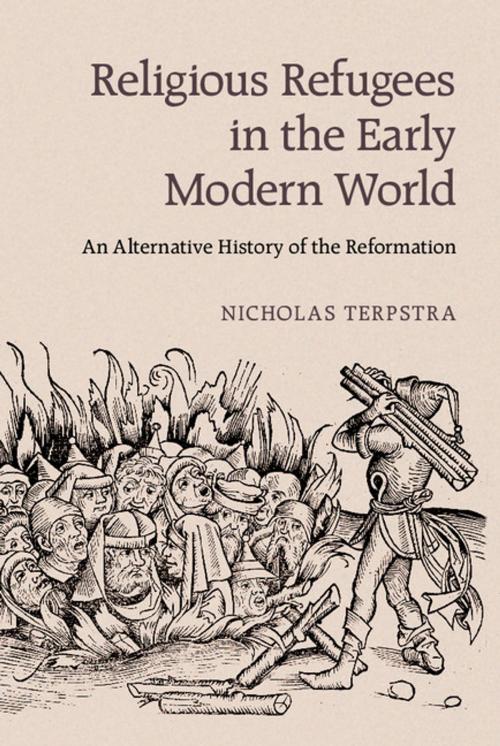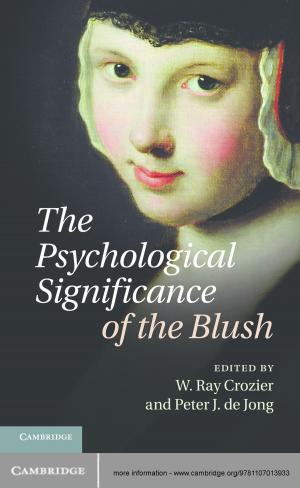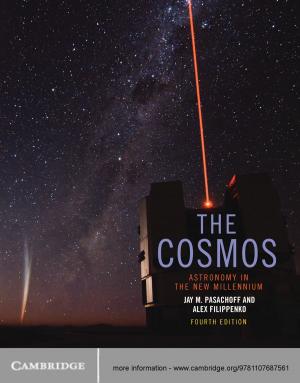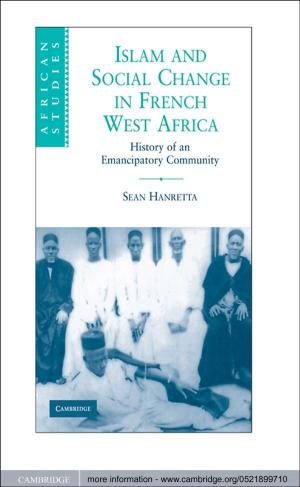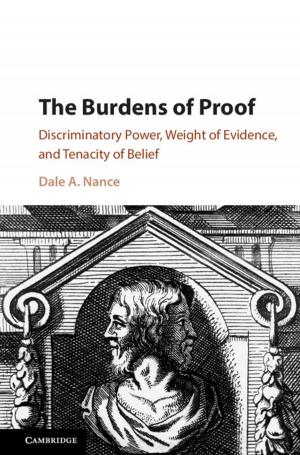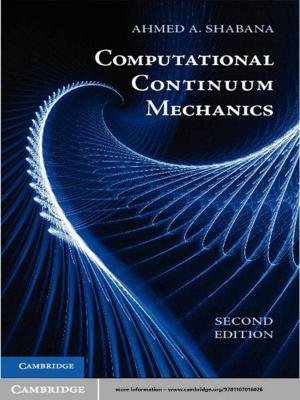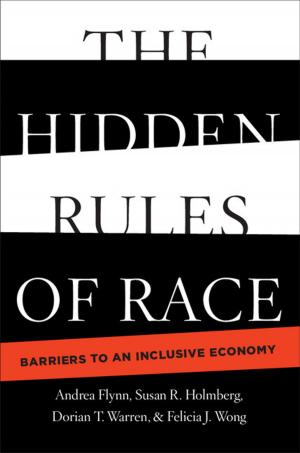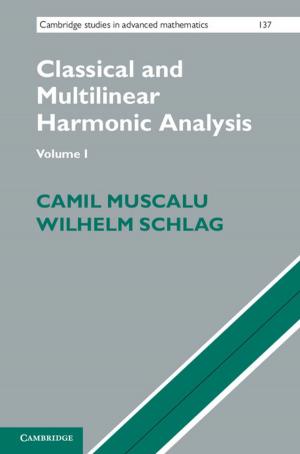Religious Refugees in the Early Modern World
An Alternative History of the Reformation
Nonfiction, History, European General, Religion & Spirituality| Author: | Nicholas Terpstra | ISBN: | 9781316348901 |
| Publisher: | Cambridge University Press | Publication: | July 23, 2015 |
| Imprint: | Cambridge University Press | Language: | English |
| Author: | Nicholas Terpstra |
| ISBN: | 9781316348901 |
| Publisher: | Cambridge University Press |
| Publication: | July 23, 2015 |
| Imprint: | Cambridge University Press |
| Language: | English |
The religious refugee first emerged as a mass phenomenon in the late fifteenth century. Over the following two and a half centuries, millions of Jews, Muslims, and Christians were forced from their homes and into temporary or permanent exile. Their migrations across Europe and around the globe shaped the early modern world and profoundly affected literature, art, and culture. Economic and political factors drove many expulsions, but religion was the factor most commonly used to justify them. This was also the period of religious revival known as the Reformation. This book explores how reformers' ambitions to purify individuals and society fueled movements to purge ideas, objects, and people considered religiously alien or spiritually contagious. It aims to explain religious ideas and movements of the Reformation in nontechnical and comparative language.
The religious refugee first emerged as a mass phenomenon in the late fifteenth century. Over the following two and a half centuries, millions of Jews, Muslims, and Christians were forced from their homes and into temporary or permanent exile. Their migrations across Europe and around the globe shaped the early modern world and profoundly affected literature, art, and culture. Economic and political factors drove many expulsions, but religion was the factor most commonly used to justify them. This was also the period of religious revival known as the Reformation. This book explores how reformers' ambitions to purify individuals and society fueled movements to purge ideas, objects, and people considered religiously alien or spiritually contagious. It aims to explain religious ideas and movements of the Reformation in nontechnical and comparative language.
